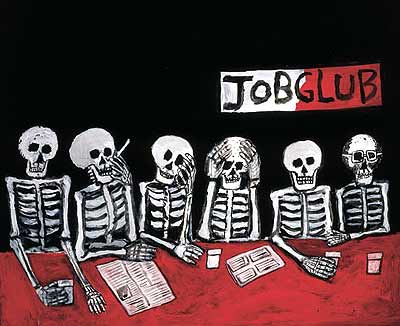Benjamin Franklin coined the old phrase ‘Time is money,’ which has been the backbone of business decisions in the modern working world.
While Franklin may have come from a different time, he was right on the money when talking about temp and labour hiring.
Billable hours are the metric your temp and labour hire firm lives and dies by. The faster you can get employees on site and working, the sooner you can start billing.
Labour-hire agencies need to play catch-up with corporate Australia

Source: Wikipedia
Corporate Australia is flocking to online onboarding solutions. Companies have been looking for efficient ways to cut back on manual HR processes and deliver great onboarding experiences to new employees.
The tool of choice for this ‘two birds, one stone‘ approach has been electronic onboarding. Electronic onboarding has the two-tiered benefit of making paperwork easier for both HR and new candidates. New hires start sooner, and HR spends less time getting them ready.
Labour Hire and temp agencies need to be willing to adopt new hiring tools. I’ve seen many temp agencies fall behind the muck and mire of paper-based employee processing.
A labour hire agency’s product and business are its workers, and its greatest skill is its ability to place them. The most responsive temp agency is the one that records the most billable hours.
Any delay in start time is lost revenue. Every day an employee can’t start work because of paperwork, is a day that can’t be billed for productive work.
That’s why I find it odd if temp agencies don’t have, or haven’t started looking at, tools to reduce onboarding time. Same day placement is a reality. I’ve seen an offer in HROnboard go from creation to acceptance in 26 minutes.
Electronic onboarding speeds up the hiring of temporary workers

Source: SuperCar-RoadTrip.fr
Electronic onboarding means offers are sent to candidates anywhere instantly. You can place employees anywhere in the country from your office at the speed of email.
The slowest part of electronic onboarding is getting the candidate to check their phone, not that electronic onboarding tools don’t try. HROnboard sends a text to the candidate once their offer has been sent, as well as an email.
The ease of offer creation extends beyond sending it to the candidate. HROnboard integrates with leading payroll systems, pushing employee details automatically after acceptance.
Candidates become employees the second they accept. Their details are in their employer’s systems and ready to get paid.
Recruiters and HR staff save valuable hours on employee paperwork. Redundant data entry is removed from the hiring process, replaced with automatic integration between systems.
All that saved time can be used looking for your next placement.
Crossboard employees and only change the relevant details

Source: Wikipedia
Crossboarding involves creating an offer for an existing employee. Only the details of the new job or project are changed, and existing employee details are used in the offer.
Crossboarding is used in the Australian corporate sector to promote employees, move employees into new roles, and to handle contract season faster.
The labour hire and temp industry can use crossboarding to place existing employees faster. Only the new details of the offer need to be filled out, and an employee just has to read over the new contract and accept.
Crossboards can also be setup with clients’ branding and stationary, making the offer appear as if it comes from your client themselves.
Crossboarding is an additional feature of HROnboard. Candidate portals in HROnboard can be customised for multiple entities, meaning a single agencies can handle multiple organisations.
The crossboarding feature makes HROnboard flexible beyond onboarding. Both new and existing employees can be placed with ease.
See the Return on Investment of electronic onboarding yourself
See the ROI of electronic onboarding yourself. Book a demo of HROnboard and see how flexible HROnboard is for labour hire and temp agencies placing candidates.
